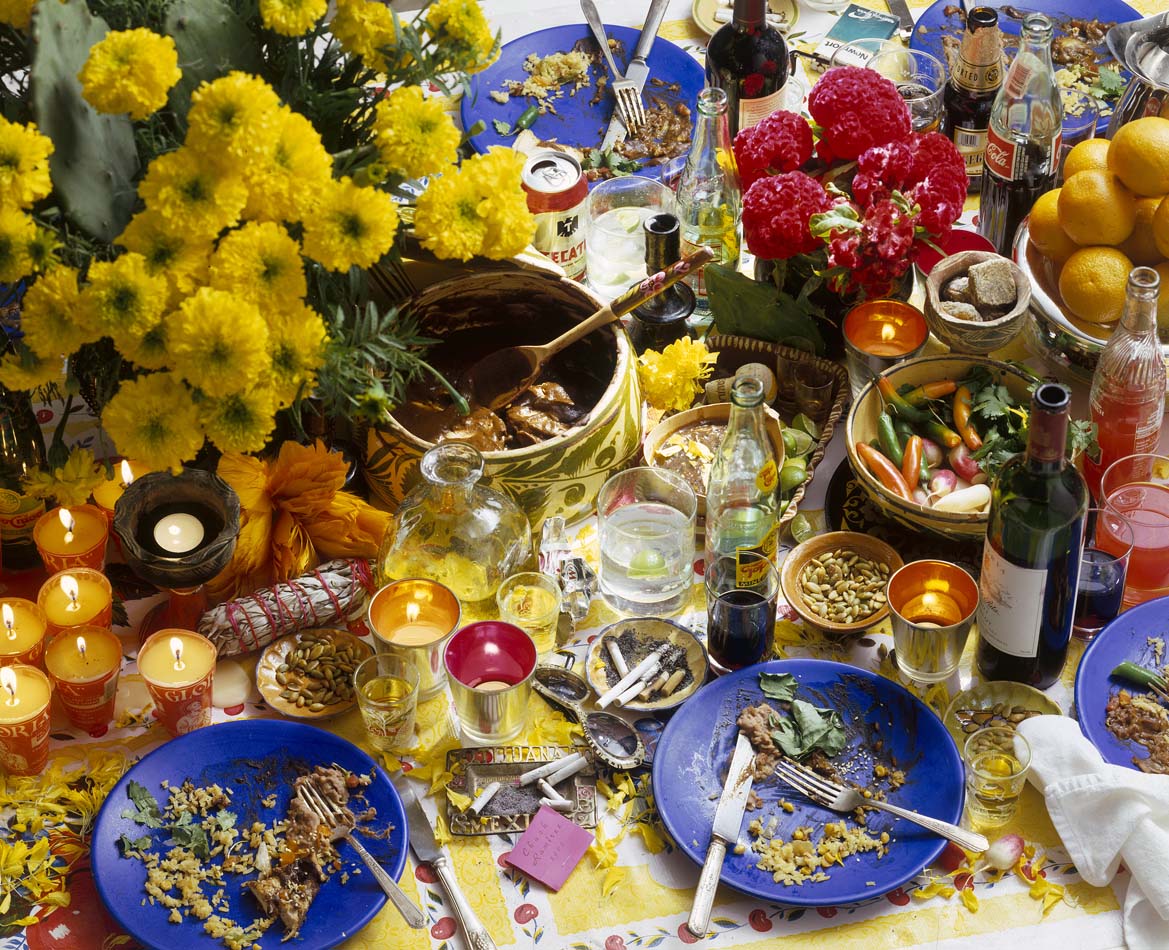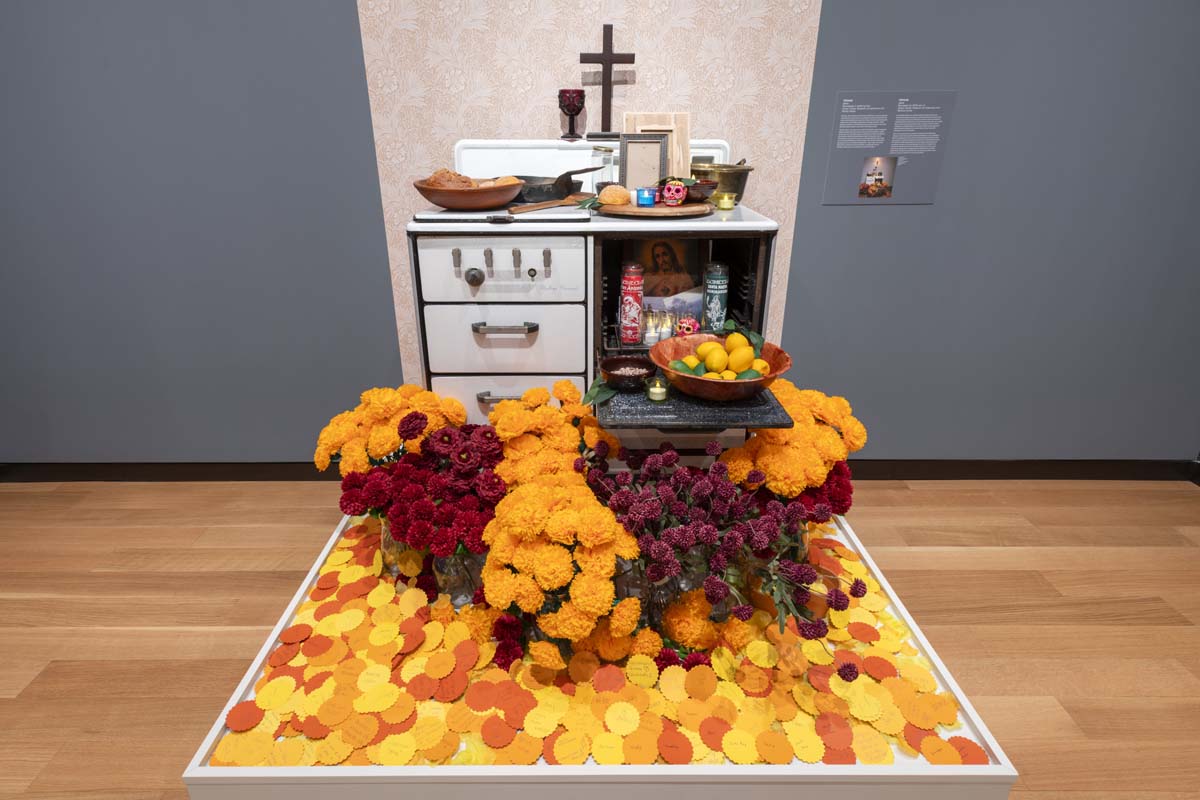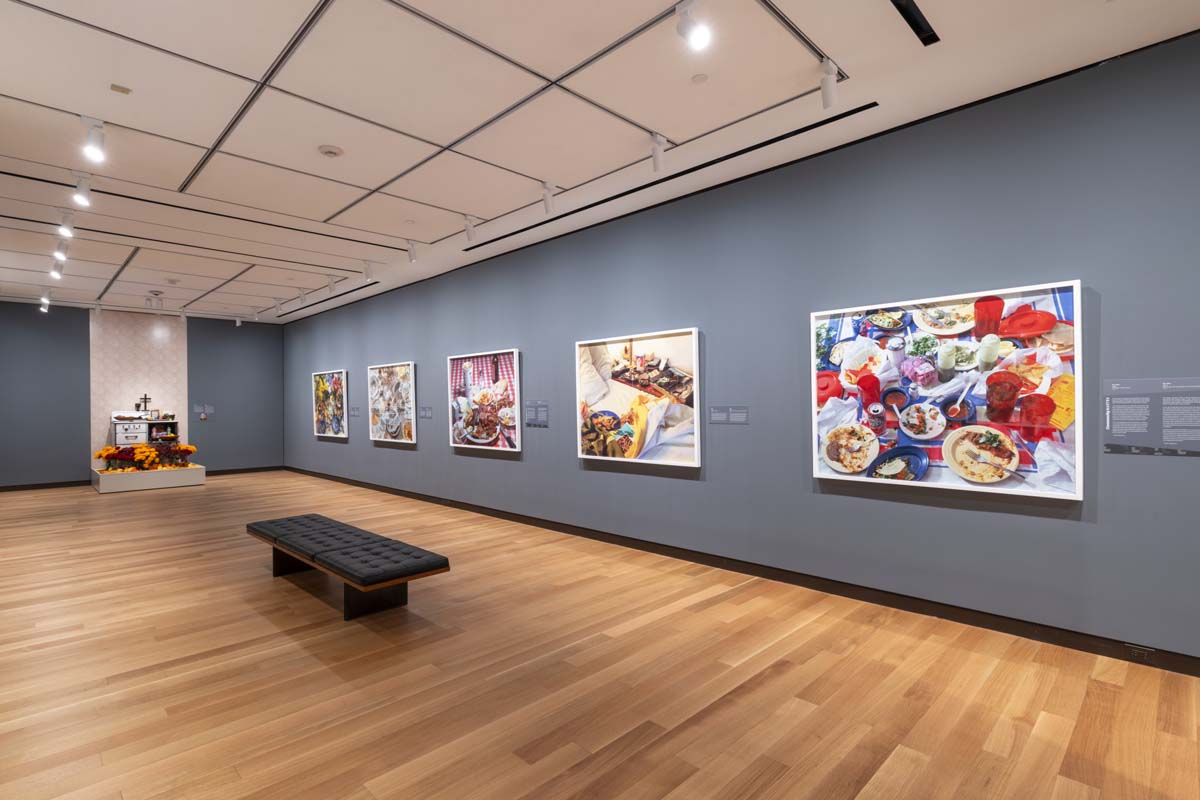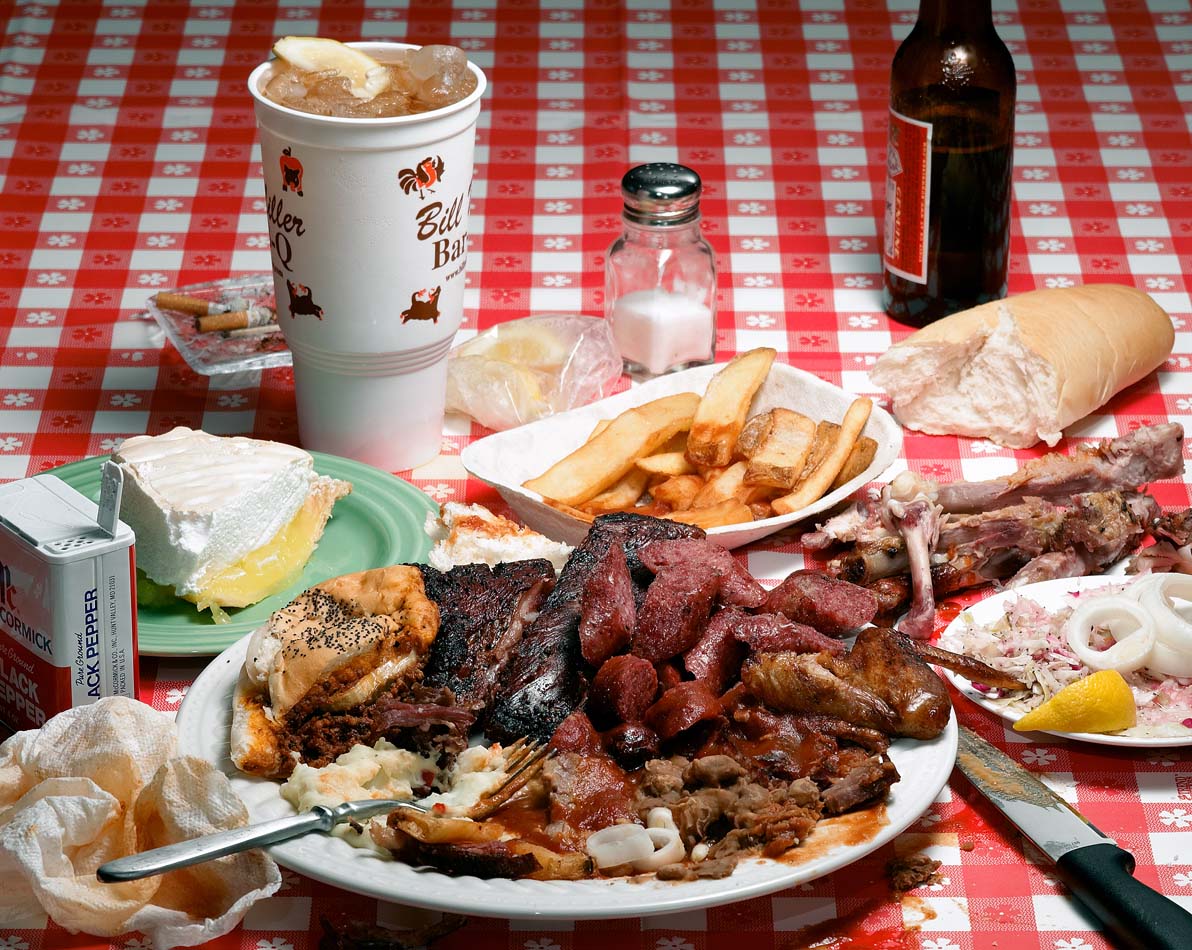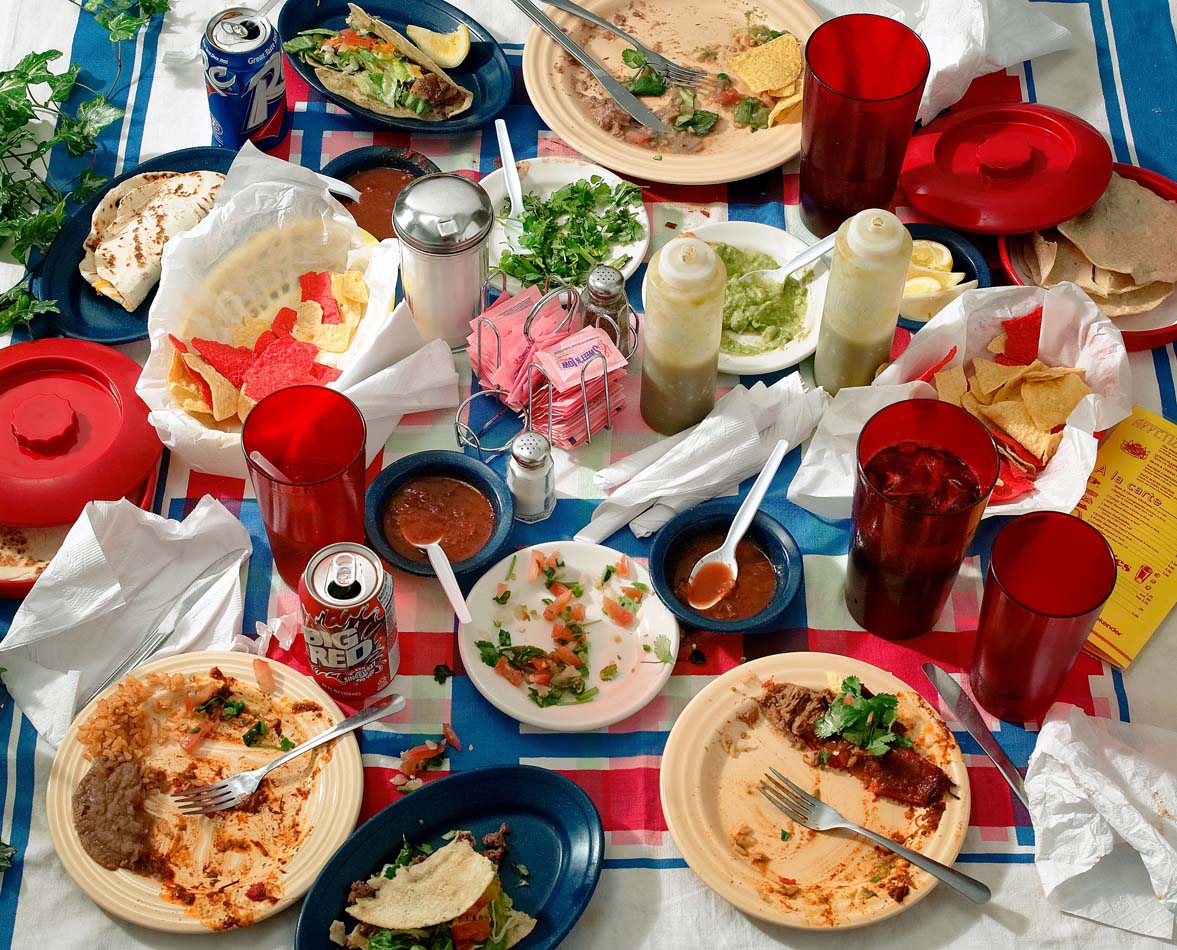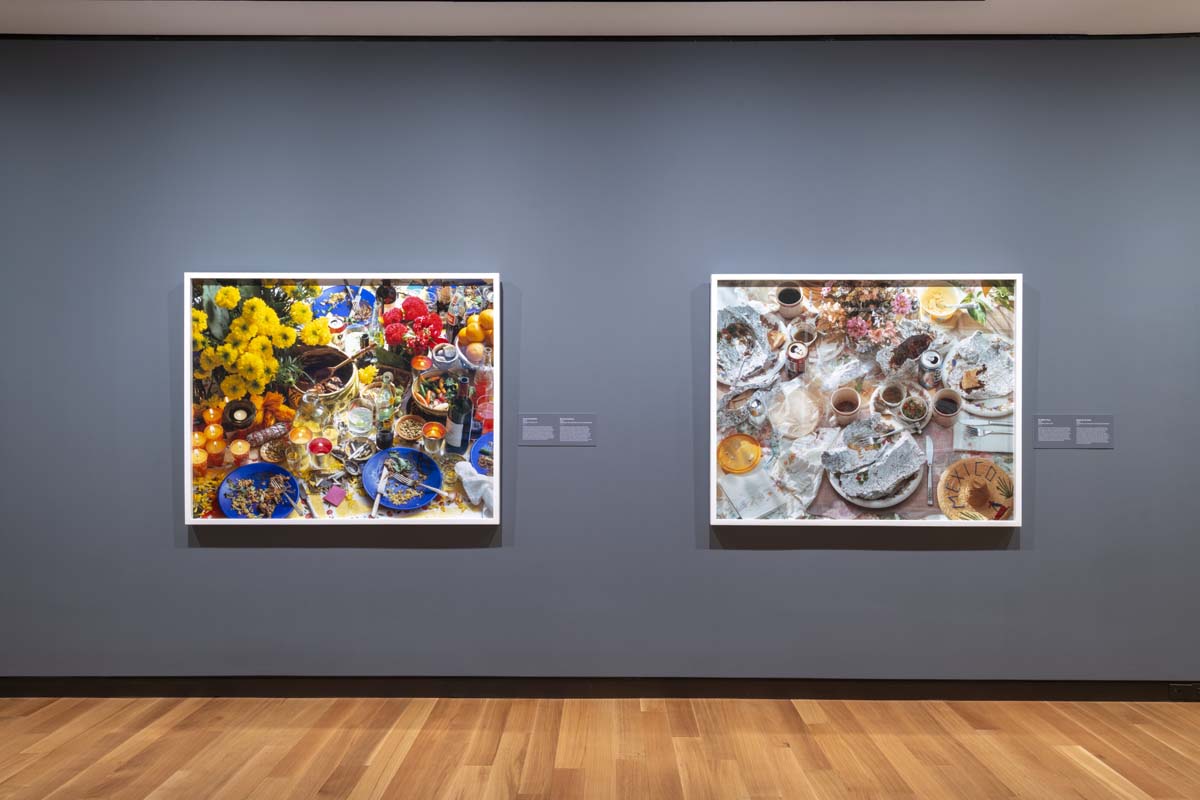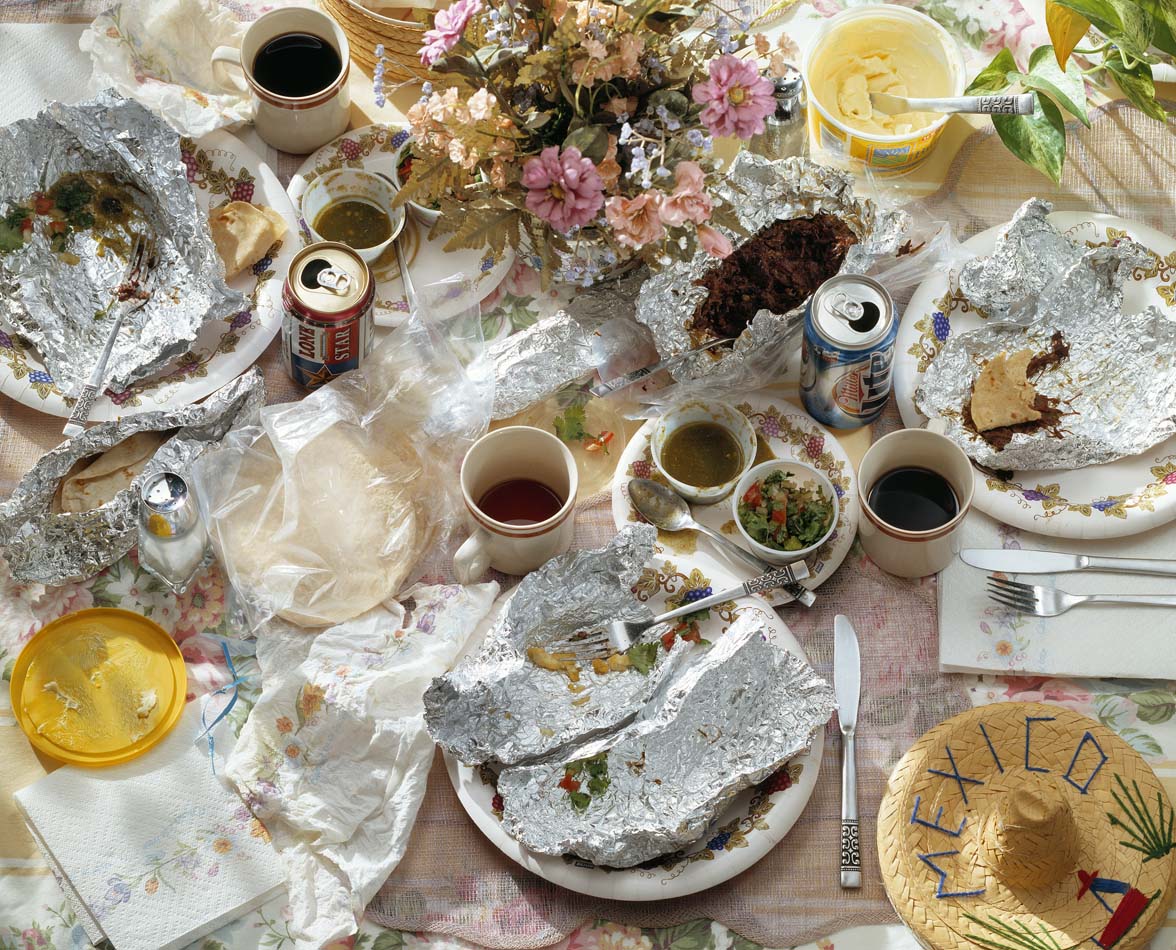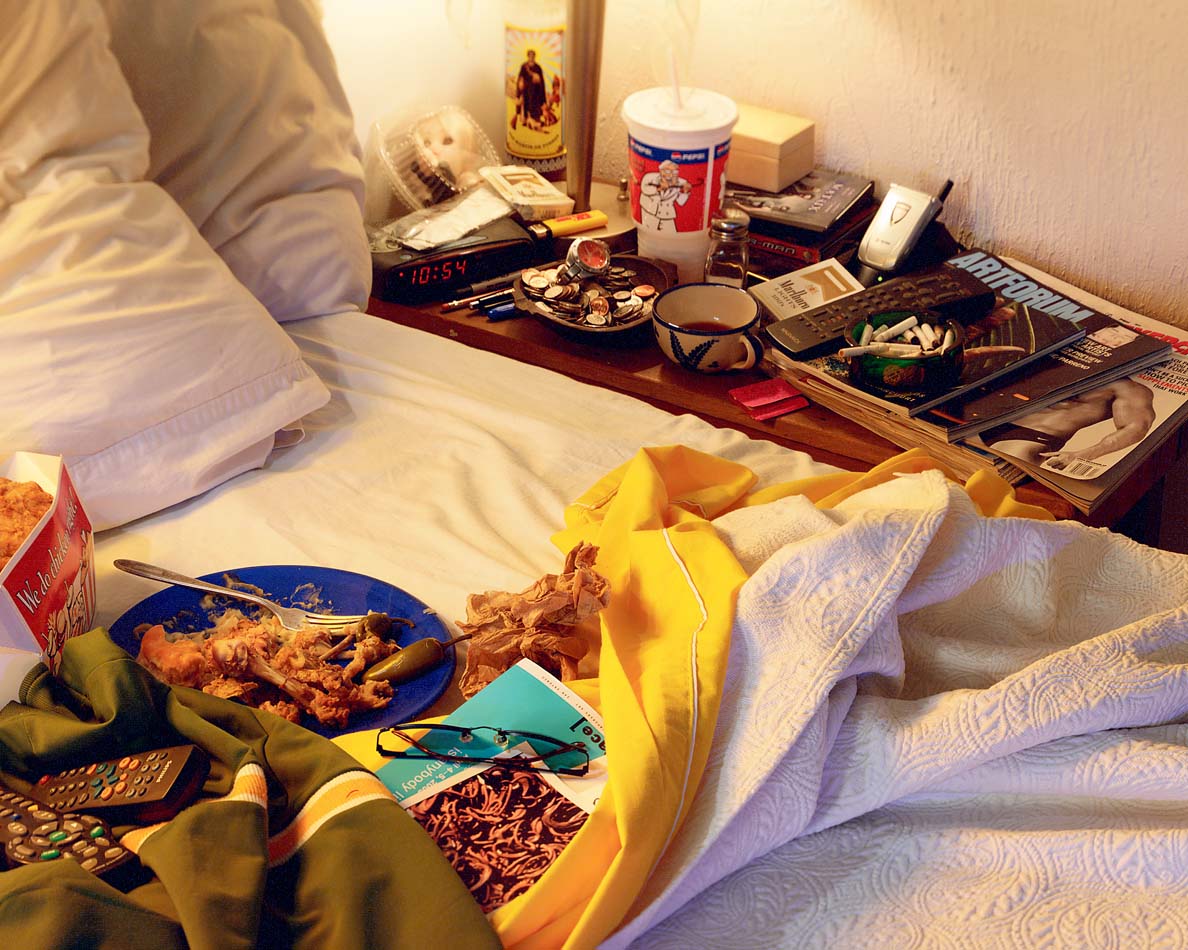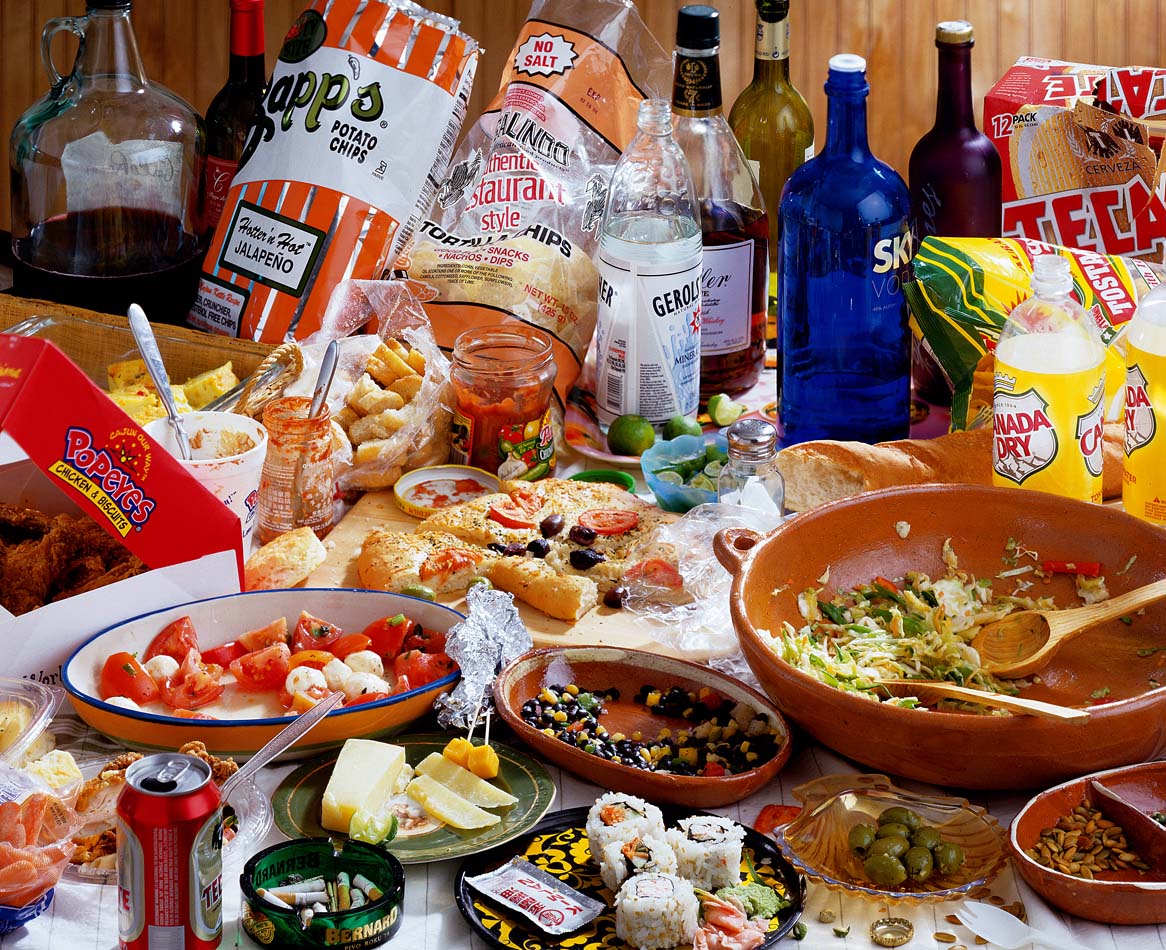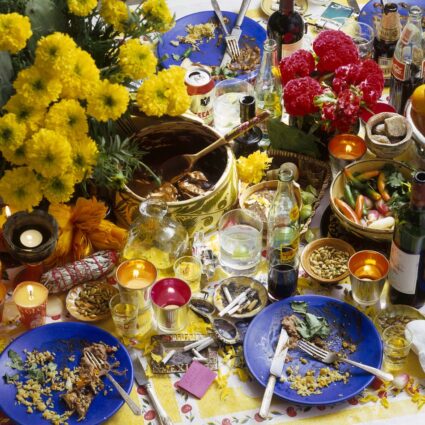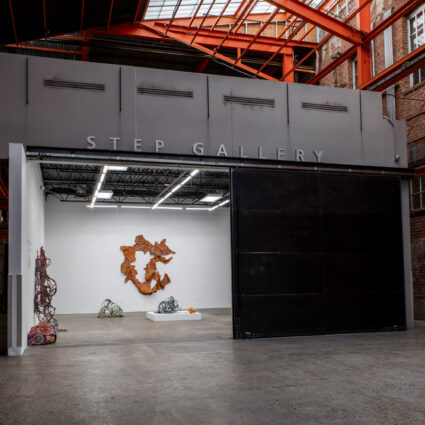A series of still life photographs by late San Antonio artist Chuck Ramirez capture the essence of a Texas community and subculture.
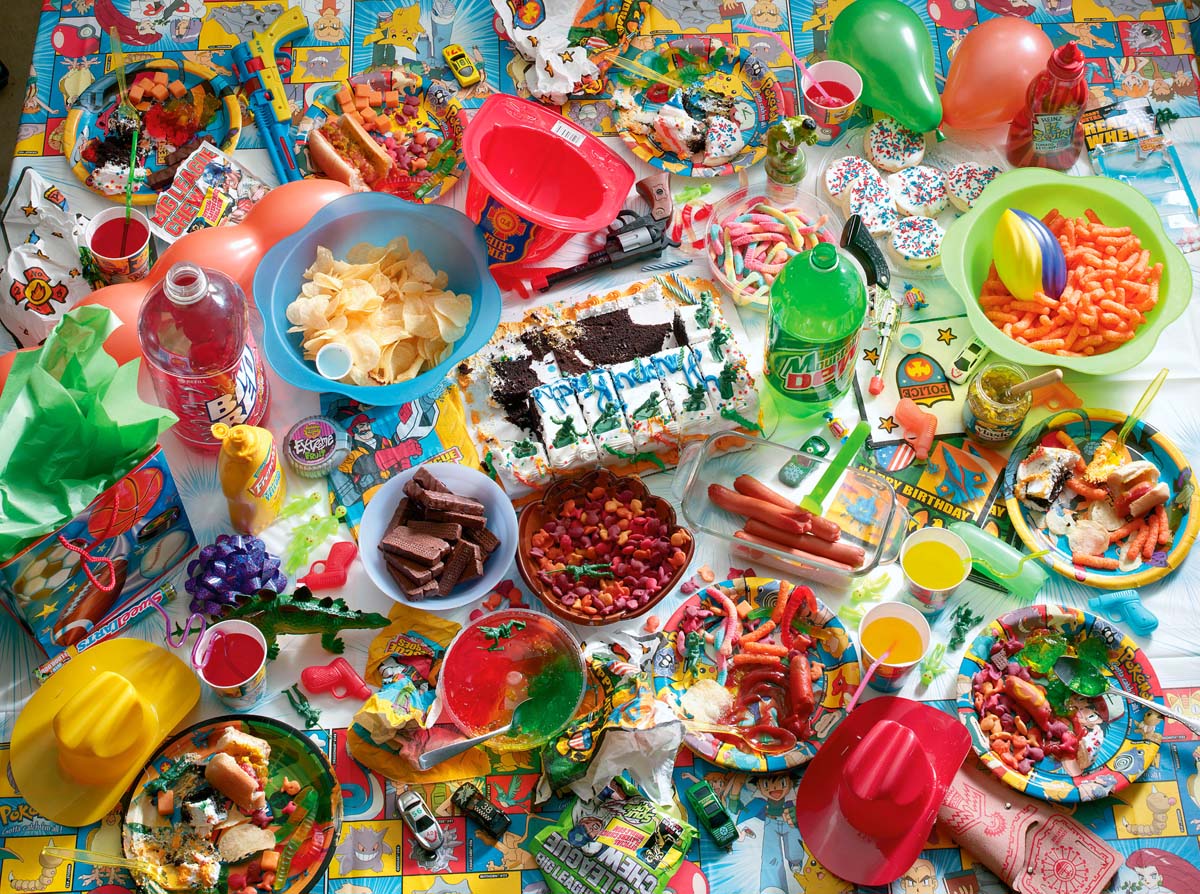
Seven Days: The Still Lifes of Chuck Ramirez
July 26, 2025–January 4, 2026
Amon Carter Museum of American Art, Fort Worth
The photographs of San Antonio artist Chuck Ramirez capture common, lowbrow objects: a worn-out broom, an empty heart-shaped box of Godiva chocolates, a vase of flowers, a broken piñata. Ramirez, who had a background working in graphic design and advertising, notably for the popular Texas grocery store H-E-B, emerged within San Antonio’s art scene in the mid ’90s and grew to prominence throughout the 2000s.
His iconic style of photographing isolated objects on a white background might sound cold and impersonal upon first description, however they are anything but. Ramirez approached each object with empathy and tenderness, as if encapsulating its history, essence, and the essence of those that interacted with it. Having been raised in San Antonio by a Mexican American father and a white American mother, Ramirez’s work often explored and celebrated his culturally specific identity through the recontextualizing lenses of minimalism and conceptualism.
Although a tragic and untimely cycling accident took Ramirez’s life fifteen years ago, his work continues to be a timeless representation of the unique sentimentality that exists within this Texas subculture.
For a brief moment in the early 2000s, Ramirez shifted from capturing singular objects to staging complex tablescapes for a series of photographs titled Seven Days. Each photo depicts a meal on a specific day or event: a late night KFC feast in bed, a simple Tex-Mex dinner, or the random mixture of cuisines typically present at a Super Bowl party. Inspired by the Dutch vanitas paintings, Ramirez tactfully restages these epic feasts.
The series was recently acquired by the Amon Carter Museum of American Art in Fort Worth, where it is currently on view as part of Seven Days: The Still Lifes of Chuck Ramirez. In a cozy, rectangular space that is the Carter’s mezzanine gallery, the large-scale photographs are hung side-by-side on the gallery’s walls.
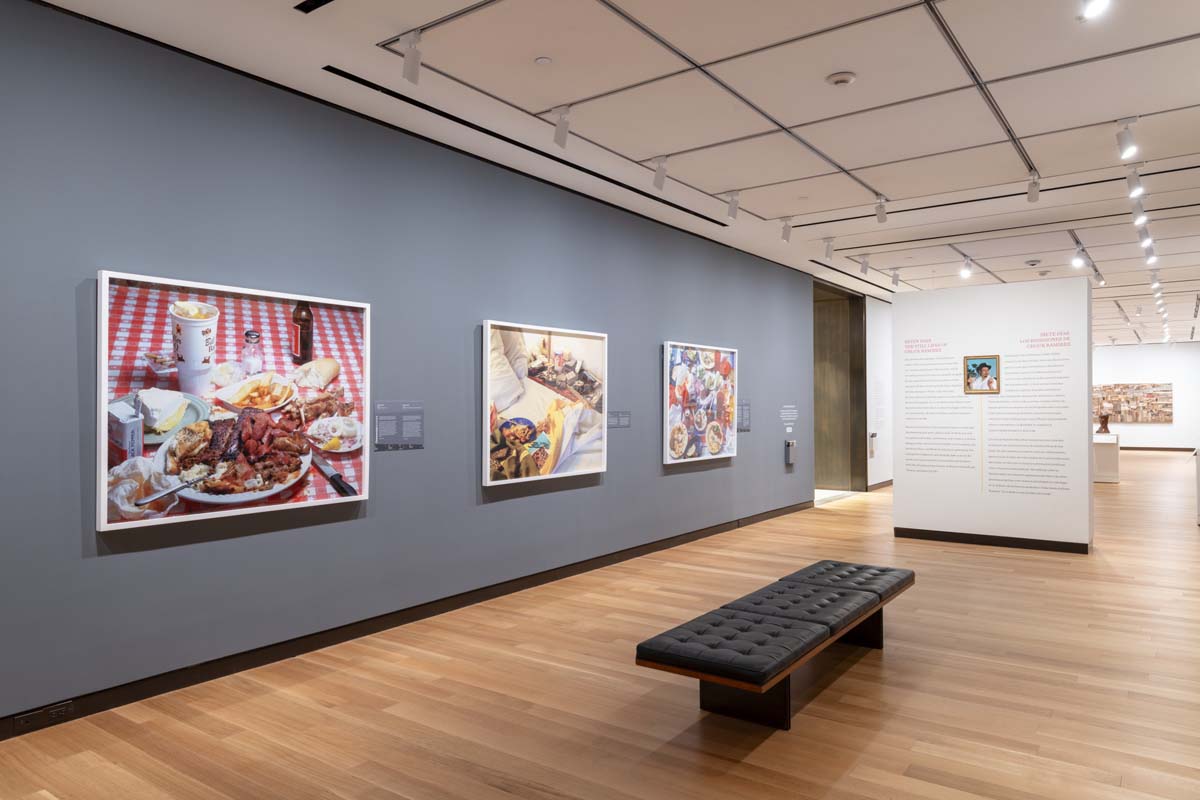
In Birthday Party (2003), a kitchen table covered in a plastic Pokémon tablecloth is laden with a feast of store-bought snacks and party favors. Paper plates host a medley of sweet and savory: half-eaten hotdogs sit snugly next to glossy, plastic-like cheese cubes; a clew of sour gummy worms mingle with mangled spoonfuls of Hulk-green Jell-o; a two-liter bottle of Big Red is bent from grabby hands while a green plastic soldier-toy army crawls through a sea of goldfish crackers. The scene carries the dreamy nostalgia and organized chaos of an I Spy book. My eyes rake over the playful scene, pausing and cracking a smile when I spot vaguely familiar, discontinued products from my youth.
Another photograph, Rancher Plate (2004), depicts Combo Meal #8 (aka The Rancher Plate) from Bill Miller Bar-B-Q, a restaurant staple that first opened its doors in the 1950s on the Southeast side of San Antonio. In the image, drumsticks sit gnawed and naked on the checkered tablecloth next to a heaping plate of barbecue and a fluffy slice of lemon meringue pie. Shards of dense potato wedges neighbor a large, crisp Bill Miller sweet tea—a San Antonio delicacy. In the two decades since this photograph was taken, it seems not much has changed, which is oddly comforting.
Despite Ramirez’s photographs always being void of people, they are unmistakably—at their core—portraits.
It is said that Ramirez’s favorite time of year was Día de Muertos—he would often create excessive and luxurious ofrendas (altars) honoring loved ones who had passed. In his 2003 photograph Dia de los Muertos, the magic of the celebration seeps through. The warmth of the bright marigolds next to slow-burning single-wick candles mixes with the tablescape of rich mole, freshly plucked peppers, fluffy cilantro, ash trays piled with half-smoked cigarettes, and a bowl of tangy oranges. The finished, forgotten plates signal the end of an evening of joy and togetherness.
Accompanying the photographs within the exhibition is one three-dimensional object: a recreation of an ofrenda Ramirez made in 2004 dedicated to his grandmother. Here, a retro white oven has been transformed into a shrine complete with a calavera skull, prayer candles, skillets of food, and a large cross. Visitors are invited to write the name of a deceased loved one on a piece of paper and add it to the collective ofrenda. This thoughtful addition to the exhibition further emphasizes one of the most important themes within Ramirez’s work and Mexican American culture: family and community.
Despite Ramirez’s photographs always being void of people, they are unmistakably—at their core—portraits. Somewhere in his process, Ramirez, who was beloved in the art community of San Antonio, infused the objects he captured with the affection and spirit that lived in his hometown and within his own heritage. In each enchanting photograph comprising Seven Days, I see depictions of San Antonio’s urban communities and its rich cultural landscape.
